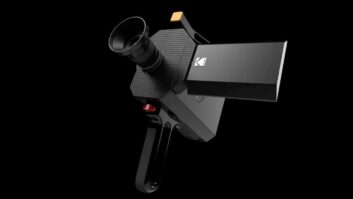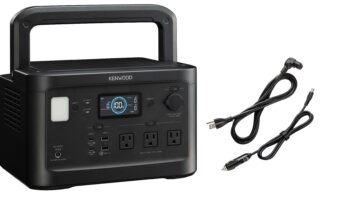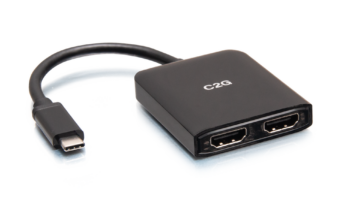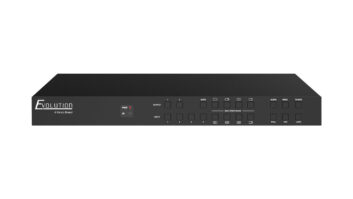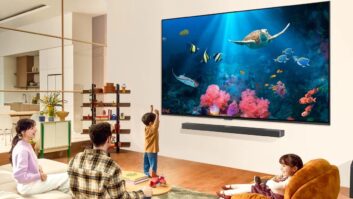By the 2002 holiday season a variety of computer and consumer electronics manufacturers will have replaced the ubiquitous LCD found on devices ranging from camcorders to handheld PCs with next-generation organic electroluminscent (OEL) flat-panel displays.
With the announcement earlier this month that Kodak and Sanyo Electric have created a joint venture to manufacture an advanced form flat-panel display based on OEL technology, the industry took its first step in replacing the LCD. Initially to be used in handheld PCs and cell phones, OEL will eventually be in televisions and computer monitors. The OEL technology differs from the traditional LCD by passing electricity through layers of individual carbon-based organic elements that emit light when electrified. The organic material is powered through a standard Thin Film Transistor like conventional LCD screens.
However, the OEL process is much more power efficient than LCD, which makes it useful for portable devices, according to Kodak.
The primary benefits of OEL are faster screen refresh rates, which are measured in microseconds compared to an LCD’s millisecond response, a wider viewing angle, thinner screens and battery-power efficiency, said Daniel Gisser, strategic marketing director for Kodak’s display products. The displays will use between one-third and one-half as much power and are about 50 percent thinner than an LCD panel.
Volume production of 2-inch OEL displays is expected to start in February 2002 by Kodak and Sanyo. Initial volume pricing for these are not available, Gisser said, but will most likely cost more than an equivalent LCD.
Progress has already been made on developing larger OEL panels. Displays ranging in size from 5 inches to 8 inches should be in products by 2003 with 10-inch to 15-inch displays arriving in 2005. This progression is similar to what the LCD followed during its development process.
The downside is OEL panels are just about as hard to manufacture as LCD. An OEL panel uses the same Thin Film Transistors to power the device as does an LCD so all the inherent LCD yield problems will remain with OEL products. Gisser said this is fully offset by the overall improvement in quality that the OEL delivers.
Several other companies, including Sony, Toshiba and Samsung, are expected to enter the market next year. Sony has already demonstrated that the technology can work in large formats by building a 13-inch OEL panel, while Samsung said it has developed a 15-inch version.
Gisser said Kodak has been working on the technology for three years at its Rochester, N.Y., headquarters and that the company owns many of the patents for the technology, but plans to license it out, in addition to its manufacturing venture with Sanyo. The OEL Sanyo deal has that company owning 66 percent and Kodak the remaining shares.




